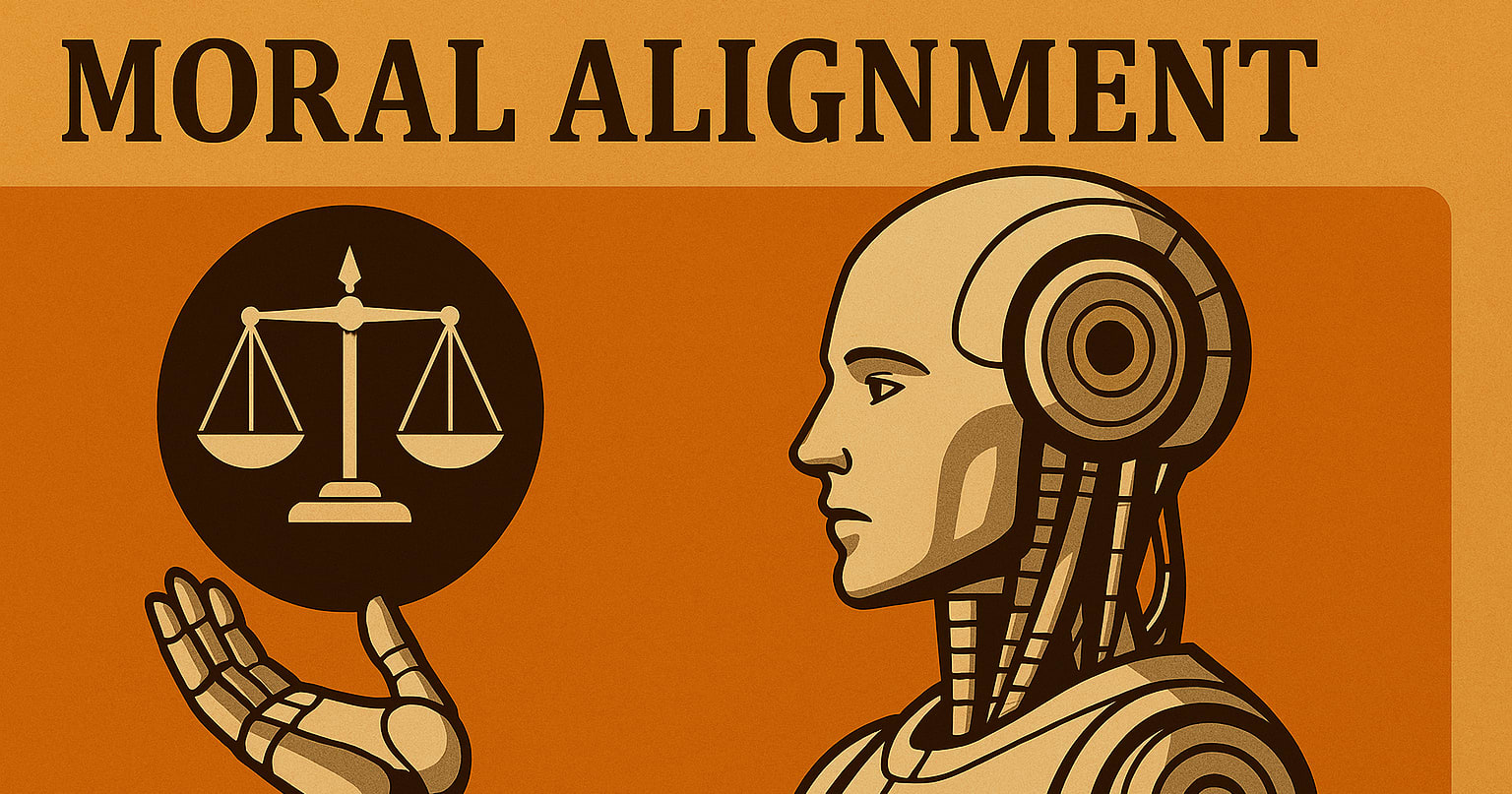10
Reactions
I wonder, what were the obstacles that didn't allow you to make cost-effectiveness analysis for ProVeg?: "For ProVeg in particular, we believe that our best estimate of their cost effectiveness is too speculative to feature in our review or include as a significant factor in our evaluation of their effectiveness." Is this supported by a promise that they will measure the cost-effectiveness in the future? And why it was possible to do the evaluation for other stand out charities and not for this particular one? Finally why do you think a cost-effectiveness analysis is not "a significant factor in our evaluation of their effectiveness".
Our cost-effectiveness estimates are for the relatively short-term, direct impact of each charity. They are estimates of the average cost-effectiveness of a charity over the last year. If the majority of a charity’s programs (by budget) are indirect and/or long-term in their outcomes, we’ve found that our cost-effectiveness estimates for that charity are too uncertain to be useful. (We would not publish a cost-effectiveness estimate for only some of their programs, so as not to risk that estimate being taken as an estimate of the cost-effectiveness of the charities activities as a whole.) This was the case with ProVeg; most of their programs have relatively indirect and/or long-term impact. ProVeg is something of a unique case however, as their V-labelling program, which makes up a significant proportion of their expenditure, is mostly indirect in impact, but is also revenue generating.
Speaking more generally, when making recommendation decisions to donors, we are most interested in marginal cost-effectiveness, or the cost-effectiveness of additional funding to a charity. All of our evaluation criteria are indicators of marginal cost-effectiveness. Our quantitative cost-effectiveness estimates are an important indicator of marginal cost-effectiveness, but they are not necessary or sufficient for estimating marginal cost-effectiveness. If we were to only recommend charities for which we could produce these estimates, we would be biasing ourselves in favor of more measurable short-term outcomes, at the cost of promising long-term or indirect change.
As more research becomes available, we hope to have a better understanding of the long-term and less direct outcomes of different interventions. At that point, we will be able to produce more useful estimates for long-term and indirect change.
In terms of cost effectiveness it's relevant to consider that ProVeg set up a UK operation despite the organisational space appearing relatively saturated in the UK. It's an interesting situation because as far as i can tell The Vegan Society has largely been directed on ProVeg grounds since co-founder of ProVeg International Jasmijn de Boo was CEO of The Vegan Society (2011-2016), it seems to me it has largely continued along those lines. I'm also not sure what level of consultation took place in relation to VeggieWorld London, the veg festival space isn't operated by the larger conventional organisations, so i would wonder what sort of consultation took place there or whether it was something more speculative.
Separate to that there remain issues as to why ProVeg (at least Tobias Leenaert, Melanie Joy and Sebastian Joy) set up the ideological ProVeg organisation Centre for Effective Vegan Advocacy (CEVA) under Beyond Carnism rather than ProVeg or VEBU (as it was formerly known). This organisation is supported by several of the other top and standout charities and seeks to influence the animal movement more broadly. There is no assessment of the impact of this organisation on EAA generally or the animal movement.
I would also disagree that ProVeg is medium to long term. It's ideologically short term around promoting "veg" and focussing on "mainstreamness". It doesn't reflect or promote a broader and inclusive perspective in relation to speciesism or animal rights. ProVeg seems to believe it is too soon to talk about such issues, so focusses on short term gains (in a de-politicised way), whilst stressing the medium to long term approaches more commonly found in the grassroots animal rights movement. But there has been no consultation here.
I have more to say about how ProVeg functions within the broader animal movement, but these types of issue aren't given much weight in decision making terms. Something which in my view functions to undermine the recommendation process. Overall i remain sceptical of the value of a "top" and "standout" charity system and would favour compartmentalising recommendations in relation to the approach of organisations, and then making meaningful comparisons between those organisations, whilst weighting the different compartments. There isn't really any discussion about the utility of different systems of recommendation as far as i can tell. Presumably this happened originally with 80,000 hours, but i'm not sure if it has been reviewed.




I wonder, what were the obstacles that didn't allow you to make cost-effectiveness analysis for ProVeg?: "For ProVeg in particular, we believe that our best estimate of their cost effectiveness is too speculative to feature in our review or include as a significant factor in our evaluation of their effectiveness." Is this supported by a promise that they will measure the cost-effectiveness in the future? And why it was possible to do the evaluation for other stand out charities and not for this particular one? Finally why do you think a cost-effectiveness analysis is not "a significant factor in our evaluation of their effectiveness".
Our cost-effectiveness estimates are for the relatively short-term, direct impact of each charity. They are estimates of the average cost-effectiveness of a charity over the last year. If the majority of a charity’s programs (by budget) are indirect and/or long-term in their outcomes, we’ve found that our cost-effectiveness estimates for that charity are too uncertain to be useful. (We would not publish a cost-effectiveness estimate for only some of their programs, so as not to risk that estimate being taken as an estimate of the cost-effectiveness of the
... (read more)